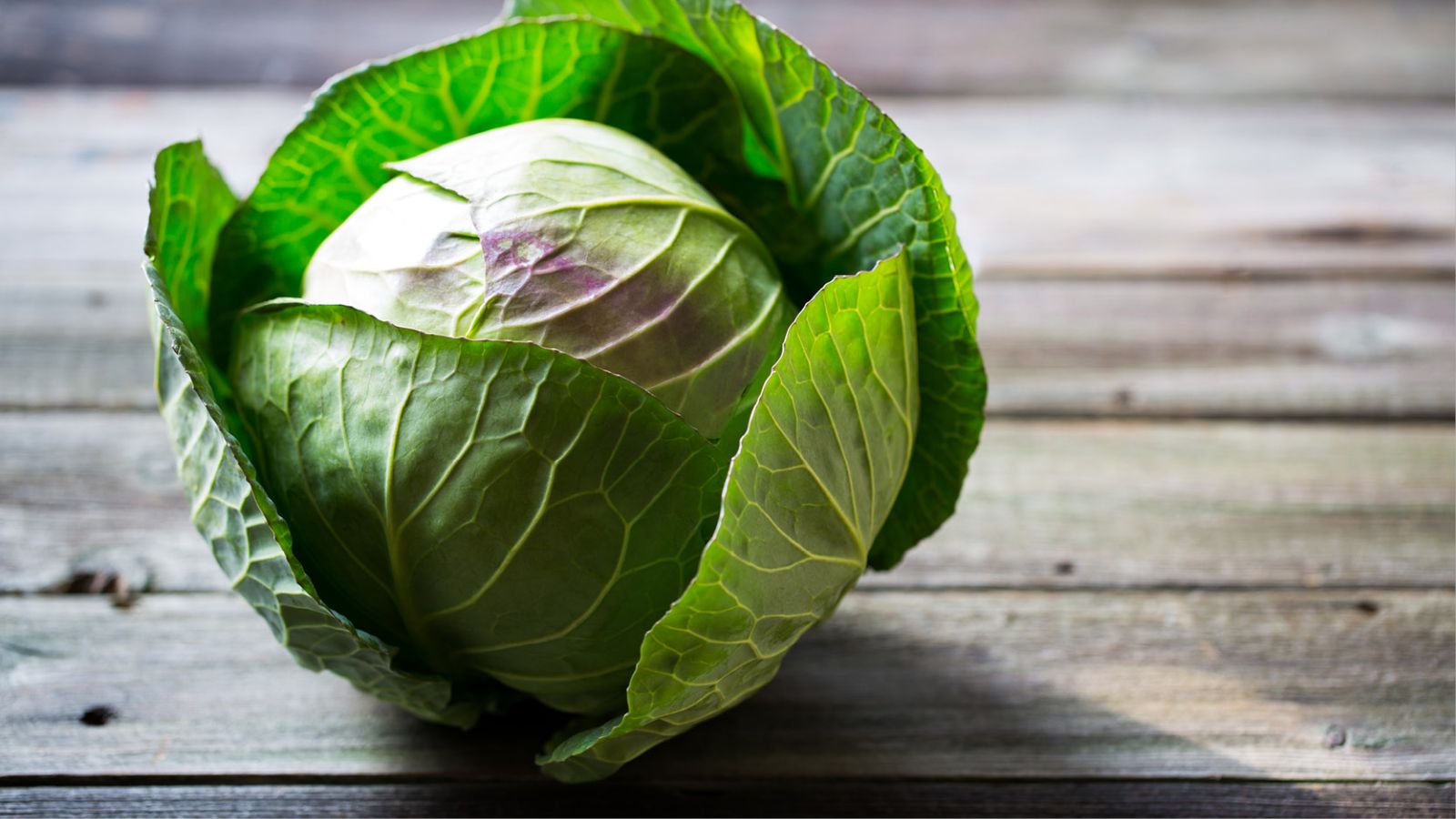
Let's talk about ... cabbage
Let's talk about ... cabbage
Cabbage is a bit of an unsung hero of the vegetable world. Think about it, this versatile brassica is all crunchy and textural uncooked in coleslaw and equally as delicious cooked to tender perfection. And don’t forget it’s a superstar of the pickling world … kimchi anyone?
The most common varieties of cabbage are red and green, but there’s also the wrinkly leaved savoy cabbage plus many other cultivars. Each cabbage plant produces just one cabbage that develops inside a halo of leaves with the firmly wrapped cabbage head inside. When buying cabbages the loose outer leaves have usually been removed. Choose cabbage heads that feel heavy for their size as lighter cabbages can indicate that the plant wasn’t grown in optimal conditions.
Inside a cabbage are the core and ribs. These are edible but they aren’t as tender as the leaves so they are better used in stir-fries or casseroles, rather than for coleslaw. The core can be removed by cutting a wedge from a halved cabbage or making a conical incision from the bottom of the cabbage.
If you’re adding cabbage to a casserole, cut it into wedges and keep a bit of the core attached to ensure the pieces don’t fall apart during cooking. If you’re making coleslaw or using cabbage raw in a salad, a mandoline is the quickest and easiest way to thinly slice it. You can also shred cabbage quite easily with a knife.
